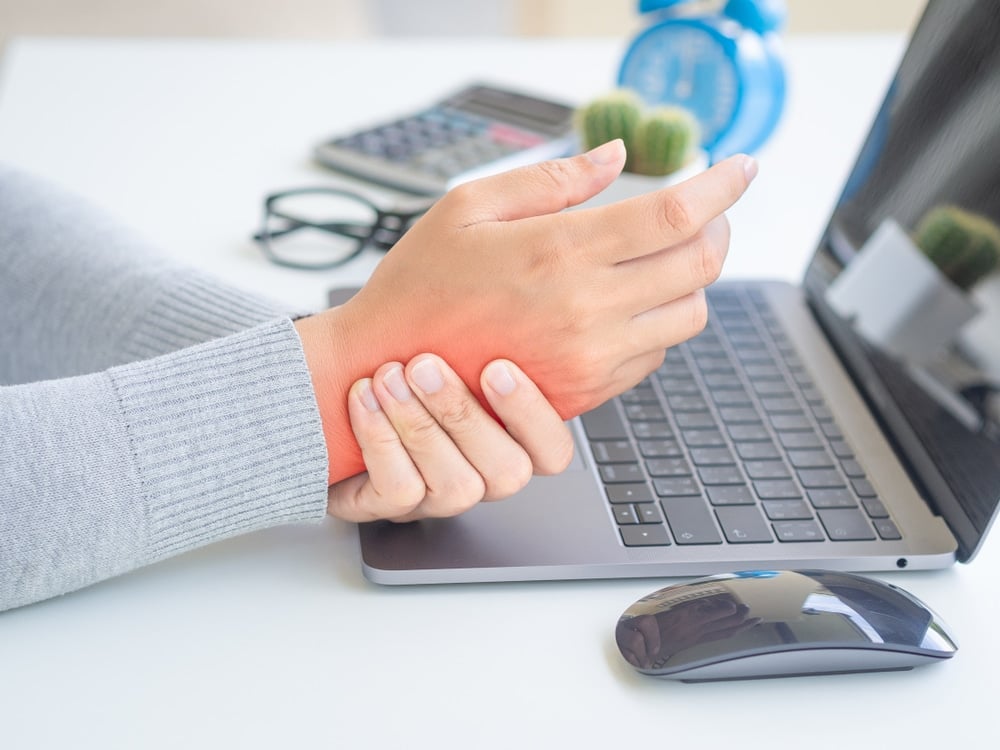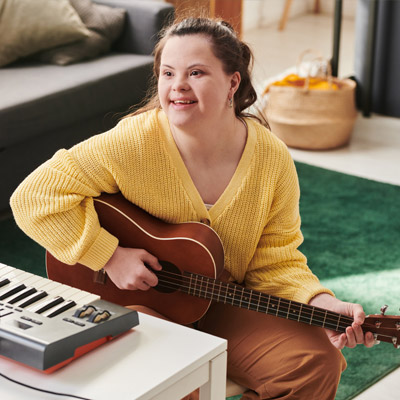Headaches are a common ailment that can range from mildly annoying to severely debilitating. If you suffer from frequent headaches, it may be time to consult with a headache doctor for expert advice and treatment options. In this article, we will explore the insights of a headache doctor on effective headache relief.
The Role of a Headache Doctor
Diagnosis
- A headache doctor, also known as a headache specialist or neurologist, is a medical professional who specializes in diagnosing and treating various types of headaches.
- They will take a detailed medical history, perform a physical examination, and may order diagnostic tests such as MRI or CT scans to determine the underlying cause of your headaches.
Treatment
- Once a diagnosis is made, the headache doctor will work with you to develop a personalized treatment plan to help alleviate your headaches.
- Treatment options may include medication, lifestyle modifications, stress management techniques, and alternative therapies such as acupuncture or biofeedback.
Types of Headaches
Migraine Headaches
- Migraine headaches are a common type of headache characterized by intense throbbing pain, often accompanied by nausea, vomiting, and sensitivity to light and sound.
- Headache doctors can help identify triggers for migraines and recommend strategies to manage and prevent them.
Tension Headaches
- Tension headaches are another common type of headache characterized by a dull, aching pain that can be felt on both sides of the head.
- Headache doctors may recommend stress-reducing techniques, physical therapy, or medications to help alleviate tension headaches.
Effective Headache Relief Strategies
Lifestyle Modifications
- Getting an adequate amount of sleep, maintaining a healthy diet, staying hydrated, and exercising regularly can all help reduce the frequency and severity of headaches.
- A headache doctor can provide personalized recommendations for lifestyle changes that may help alleviate your headaches.
Medication Management
- There are various medications available to help alleviate different types of headaches, including over-the-counter pain relievers, prescription medications, and preventive medications.
- Your headache doctor will work with you to find the most effective medication regimen for your specific needs.
Stress Management Techniques
- Stress is a common trigger for headaches, so learning how to manage stress effectively can help prevent headaches from occurring.
- Techniques such as deep breathing, meditation, yoga, and progressive muscle relaxation can all help reduce stress levels and prevent headaches.
When to See a Headache Doctor
Frequent Headaches
- If you are experiencing headaches more than a few times a week, it is a good idea to consult with a headache doctor to determine the underlying cause and explore treatment options.
Severe Headaches
- If your headaches are severe and significantly impact your daily life, it is important to seek medical attention from a headache specialist for proper evaluation and treatment.
Overall, a headache doctor can be a valuable resource in helping you find relief from your headaches and improve your quality of life. By working with a headache specialist, you can develop a comprehensive treatment plan tailored to your individual needs and symptoms.
:max_bytes(150000):strip_icc()/headache-d9b8c5ec46eb4d9ea02136d7ac53fd57.jpg)






